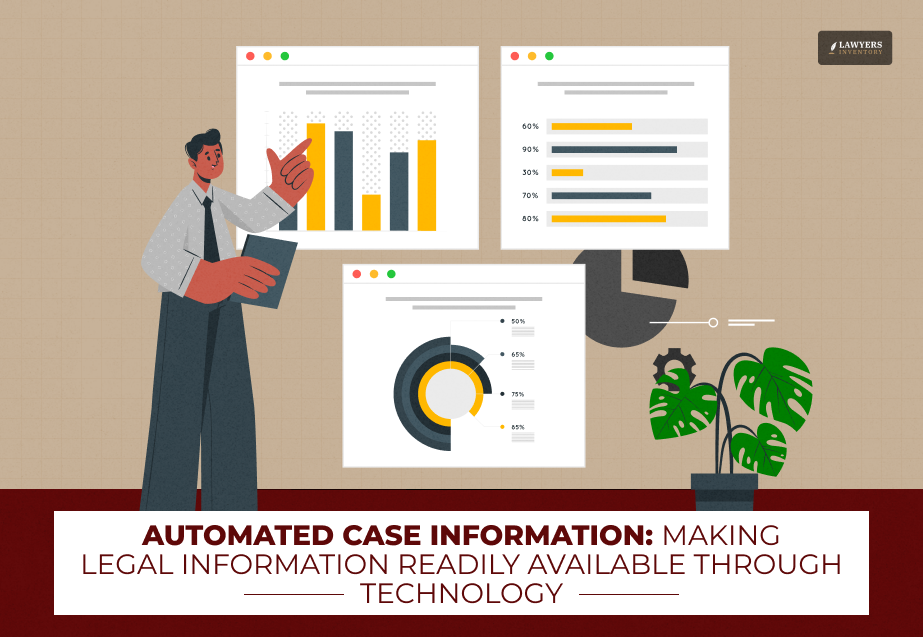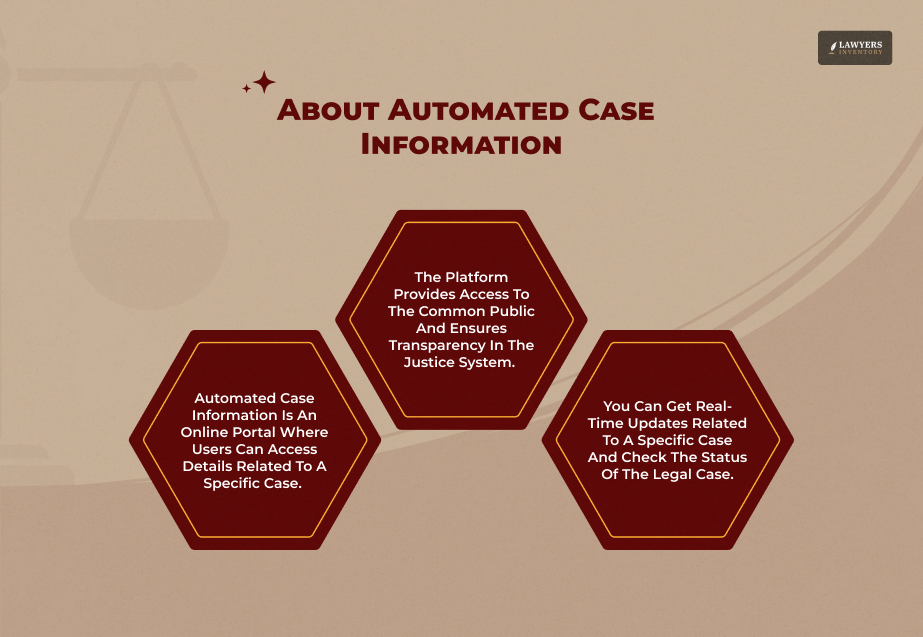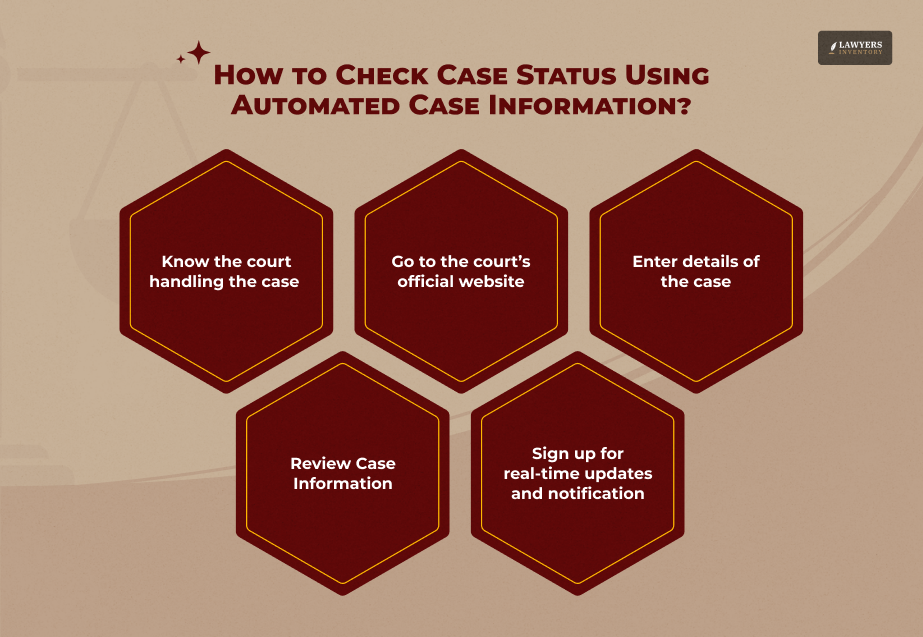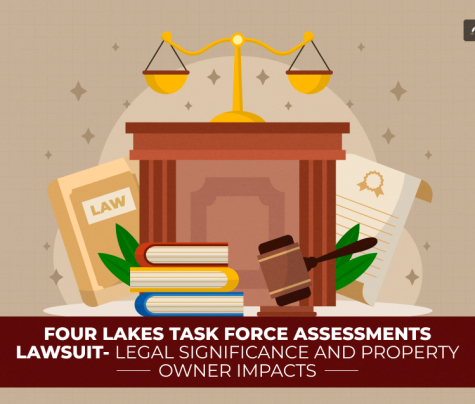
When I started writing legal blogs, I had trouble accessing the information I needed about a case. Thankfully, we have automated case information these days.
You see, whether you are a lawyer, a journalist, or even a blogger like me, you must get the correct information related to a case. This is mainly because of the complexity of the world of law.
My maternal uncle once told me how they had to rely on extremely slow paper-based systems to obtain information for the court.
Additionally, in the past, if you needed any information about a case, you would have to visit the courthouse and make tedious phone calls.
But we now live in the future. Thanks to technological advancements, we can get real-time legal updates. Everything that we want to access is just a few clicks away. One such automated system is automated case information.
But what is it exactly? And how does it work? If you want to know these things, you have reached the right place. So, keep reading this blog until the end, and thank me later…
What is Automated Case Information?

As the name suggests, automated case information is a portal or service through which you can access information related to a legal case.
It is a web of digital systems that provides instant access to legal details related to a specific case.
This is basically a portal to online databases, phone-based services, and court websites. With the help of automated case information, you can check a case’s current status, view court schedules, and learn about upcoming hearings.
And that is not all.
These automated systems, acting like a directory or an archive of sorts for legal cases, are the only things you need when you want to look at the legal documents, filings, and legal updates of a specific case.
And the best part? You do not even have to visit the court to get this information. Now, isn’t that great?
Components and Features of Automated Case Information Systems
The key features of automated case information are:
- Case Status Updates: Know whether a case is open, closed, or pending.
- Court Hearing Dates: Find out when and where the next court session is scheduled.
- Filing Details: View case documents, motions, and other filings.
- Electronic Notifications: Get email or SMS alerts for new updates.
Now, you might ask, “Where do people mostly use this platform? The answer is all across the United States. You can access this platform from anywhere (federal, state, even local courts).
From what I have seen online, there are two main automated case information platforms you can use for real-time legal updates. These are:
- PACER (Public Access to Court Electronic Records): This allows users to access federal court records.
- EOIR (Executive Office for Immigration Review) Automated Case Information System: This one provides updates on hearings and decisions on immigration cases.
As these portals make legal information readily available and accessible, they have become extremely helpful for journalists, researchers, lawyers, and legal writers like me.
Additionally, these platforms promote transparency by ensuring that everything is open to the public.
Automated Case Information: How Is It Making a Difference in Law?
Now, this is a very normal question that you might have. But don’t you think that the answer is relatively simple?
Technology has changed the way we live, and the legal world is no exception. ACI has made it easier for everyone to access critical and important information and details without having to physically commute to and travel to the court.
One of the biggest advantages this platform brings to the table is time-saving.
You do not need to spend days and hours checking the case status. With the legal assistance of this portal, you can access anything you need with a few clicks.
Secondly, the platform promotes increased public accessibility. Regardless of your profession, you can track cases and stay updated with court hearings.
And guess what? It is probably the only thing you need as a legal journalist when dealing with high-profile or time-sensitive cases.
Third, automated case information is probably the only platform you need as a legal professional to streamline your workflow. How? Well, it reduces paperwork and any sort of administrative delay.
Additionally, the court benefits from it. This is because they are able to handle fewer phone calls, inquiries, and document requests.
Finally, with the boom of automated case information, we can expect transparency in the justice system. This is mainly because, with these portals, no one can hide anything from the public.
Furthermore, this reduces misinformation and other legal proceedings. So, don’t you think this tool has now become a game-changer?
Automated Case Information: How to Check Case Status?

Now that you know this, let me tell you how to check the legal information for any case.
Here are the steps that you need to follow:
1. Know the Court That’s Handling the Case
The first step is to know or identify the type of court handling the case. For instance, there are three levels: federal, state, and local courts. You need to try out different platforms for each level.
If you are trying to get information about federal cases, you need to check out PACER. On the other hand, you need to check their official website for cases that the State or Local Courts are handling.
2. Check the Court’s Official Website
Once you have identified the level of court handling the specific case you are looking into, it is time to visit their official website.
Most courts now have a tool that lets you look up cases online. You can find these under the “Case Search” or “Case Status Section.”
3. Enter Case Details
Third, on the search portal, you have to enter relevant information. These include the following:
- Case number
- Party name (plaintiff or defendant)
- Attorney name (for legal representatives)
- Filing date.
It is best to ensure that all the details you enter are accurate.
4. Review Case Information
After you have submitted the search, you will see the case details displayed in your system. Here are the things that you will be able to check:
- Current status (open, closed, pending)
- Upcoming hearings (date, time, courtroom)
- Case filings (motions, orders, judgments)
Apart from this, you should remember that some platforms allow you to download certain case documents. You can use these as references.
While, in most cases, these documents are available for free, some might charge you a certain amount as a fee.
5. Stay Notified
Finally, if you want to stay current about a particular case (that is still going on), you can sign up for notifications.
Platforms like PACER, for instance, provide users with email or SMS alerts whenever a case update occurs. This is the best option if you want real-time notifications about any case you are investigating.
Automated Case Information: What are the Challenges?
It is easy to think that these automated platforms are great. Unfortunately, that is not the case.
While it is true that these portals have revolutionized the ways things work, here are some of the challenges that people often face with automated case information platforms:
1. Limited Access for People
Not everyone is great with technology or other digital platforms. And, yes, I am talking about those elderly people, our grandparents, and other boomers.
While lawyers and other professionals who use tech daily will benefit from this, self-represented litigants might suffer.
2. Security and Privacy
Because these platforms handle sensitive legal information, security concerns are massive.
And TBH, with the increase in rates of cyberattacks, unauthorized access, and data breaches, the risk of data leaks will remain unless the government invests in strong cybersecurity measures.
3. Technical Maintenance
Finally, developing and maintaining an automated case information system requires a significant financial investment. This is a burden for smaller courts that already have limited budgets.
Additionally, there are cases of technical glitches and server downtimes. These are some of the things that affect the accessibility of information.
Read Also:
- Unconscionability in Contract Law: Legal Meaning Simplified!
- 10 Situations Demanding a Lawyer: When to Seek Legal Counsel
- Best Law Schools in the World RANKED According to Legal Professionals!










0 Reply
No comments yet.